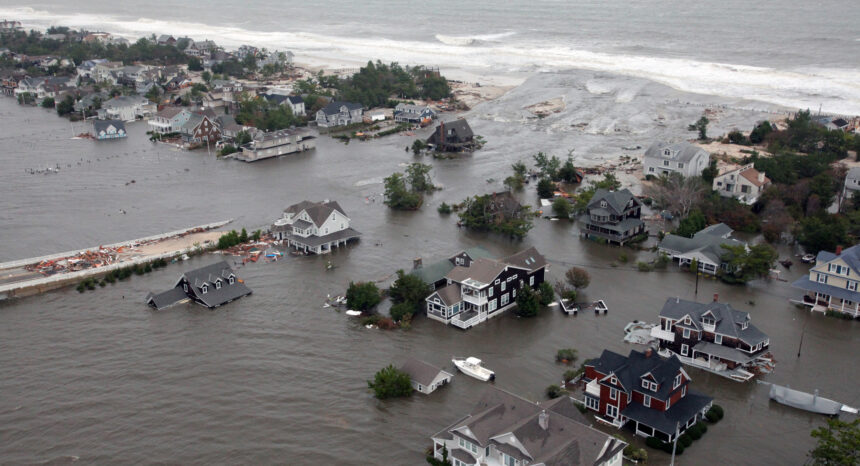In the 1970s, experts estimated that New York City could expect a massive flood about every 500 years, “a 500-year flood.” But new research suggests such mega floods — something exceeding the surge caused by Hurricane Sandy in 2012, which caused over $50 billion in damage — may start happening much more often. By the 2030s, mega floods may hit the Big Apple every five years, according to a new study in the Proceedings of the National Academy of Sciences.
Combining climate projections, expected sea-level rise and simulations of thousands of hurricanes, the authors model flooding at Battery Park on New York harbor between now and the year 2300. Rising seas are already expected to inundate large parts of the city this century. To that, the authors add the storm surges expected from the violent weather associated with climate change.
The first set of figures below are sea level increases under a scenario that the leading international body assessing climate change expects if nothing is done to reduce greenhouse-gas emissions. By comparison, the flood during Hurricane Sandy crested at 3.4 meters in Battery Park.
- An increase of 0.55 to 1.4 meters between the years 2010 and 2100;
- 5 to 5.7 meters between 2000 and 2300.
The following sea level projections are more uncertain. After adding the melting ice sheet in Antarctica, which has not been included in previous studies, the researchers predict:
- An increase of 0.88 to 2.5 meters in the year 2100;
- 10.7 to 15.7 meters in 2300.
Below are models for 500-year floods. Between the years 850 and 1800, such storms surged 2.25 meters above sea level. Between 1970 to 2005 it surged 3.3 to 3.7 meters. In the future:
- 2080 to 2100: 4 to 5.1 meters;
- 2280 to 2300: 5 to 15.4 meters.
These projections are for New York, but the authors note that similar patterns could also impact New England and northwestern Europe.


Expert Commentary